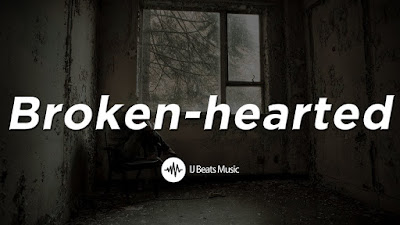Why Does Music Make Us Feel?
A new study demonstrates the power of music to alter our emotional perceptions of other people
The lion share of emotionally evocative stimuli in the lives of our ancestors would have been from the faces and bodies of other people, and if one finds human artifacts that are highly evocative, it is a good hunch that it looks or sounds human in some way.
As evidence that humans are the principal source of emotionality among human artifacts, consider human visual signs. Visual signs, I have argued, have culturally evolved to look like natural objects, and have the kinds of contour combinations found in a three-dimensional world of opaque objects. Three-dimensional world of opaque objects? Nothing particularly human about that, and that’s why most linguistic signs – like the letters and words on this page – are not emotionally evocative to look at.
But visual signs do sometimes have emotional associations. For example, colors are notoriously emotionally evocative, and arguments about what color something should be painted are the source of an alarming number of marital arguments. And “V” stimuli, such as that yield sign on the street, have long been realized (within the human factors literature) to serve as the most evocative geometrical shape for warning symbols. But notice that color and “V” stimuli are plausibly about human expression. In particular, color has recently been argued to be “about” human skin and the exhibited emotions – which is why red grabs our attention, since it's associated with blushing and blood - and “V” stimuli have been suggested to be “about” angry faces (namely, angry eyebrows).
Which brings us back to music and the Logeswaran paper. Music is exquisitely emotionally evocative, which is why a touch of happy music makes even unrelated pictures seem more pleasant. In light of the above, then, we are led to the conclusion that the artifact of music should contain some distinctly human elements.
The question, of course, is what those elements are. One candidate is our expressive speech – perhaps music is just an abstract form of language. However, most of the emotion of language is in the meaning, which is why foreign languages that we don’t understand rarely make us swoon with pleasure or get angry. That’s also why emotional speech from an unfamiliar language isn’t featured on the radio!
But there is a second auditory expressive behavior we humans carry out – our bodily movements themselves. Human movement has been conjectured to underlie music as far back as the Greeks. As a hypothesis this has the advantage that we have auditory systems capable of making sense of the sounds of people moving in our midst – an angry stomper approaching, a delicate lilter passing, and so on. Some of these movements trigger positive emotions – they conjure up images of pleasant activities – while others might be automatically associated with fear or anxiety. (The sound of running makes us wonder what we’re running from.) If music were speech-driven, then it is missing out on the largest part of speech’s expressiveness – the meaning. But if music sounds like human expressive movements, then it sounds like something that, all by itself, is rich in emotional expressiveness, and can be easily interpreted by the auditory system.
Regardless of whether music is emotional intonation from speech or a summary of expressive movements – or something else altogether – the new research by Logeswaran and Bhattacharya adds yet more fuel to the expectation that music has been culturally selected to sound like an emotionally expressive human. While it is not easy for us to see the human ingredients in the modulations of pitch, intensity, tempo and rhythm that make music, perhaps it is obvious to our auditory homunculus.




Comments
Post a Comment